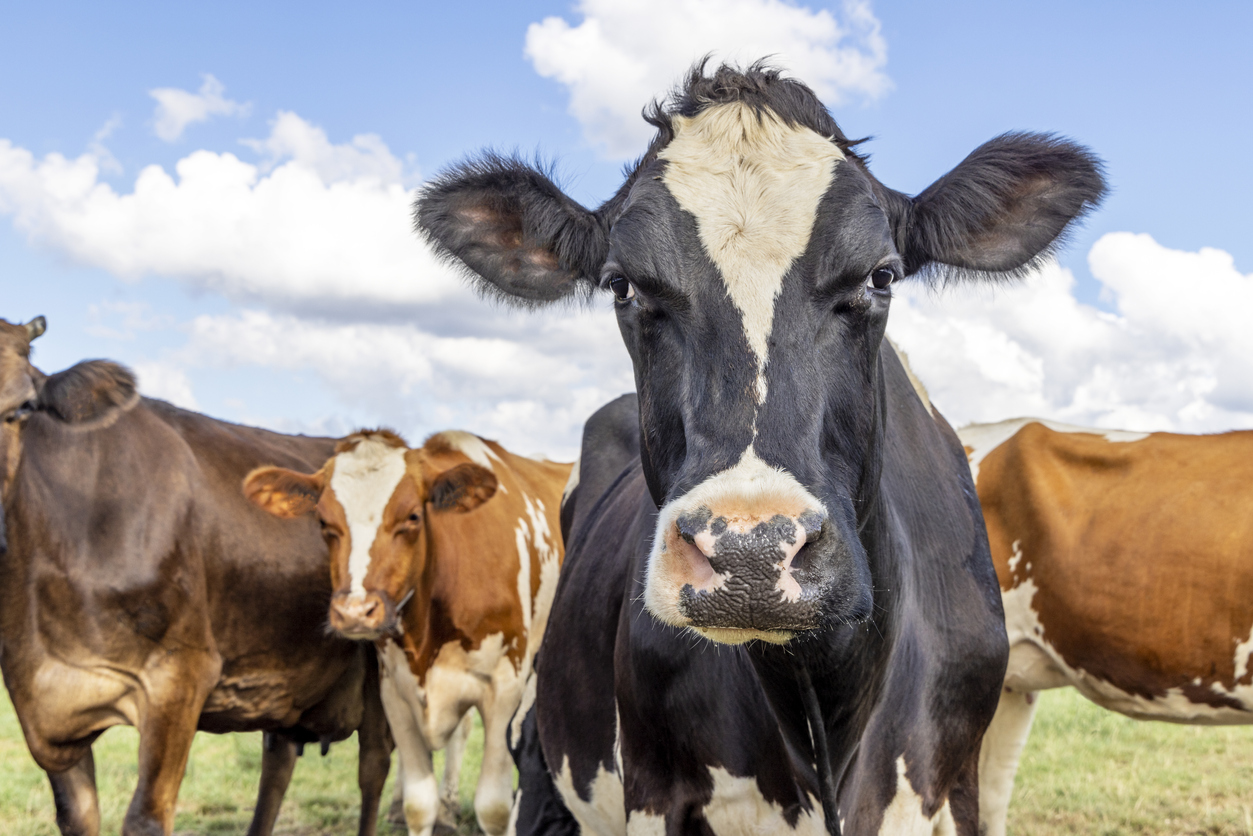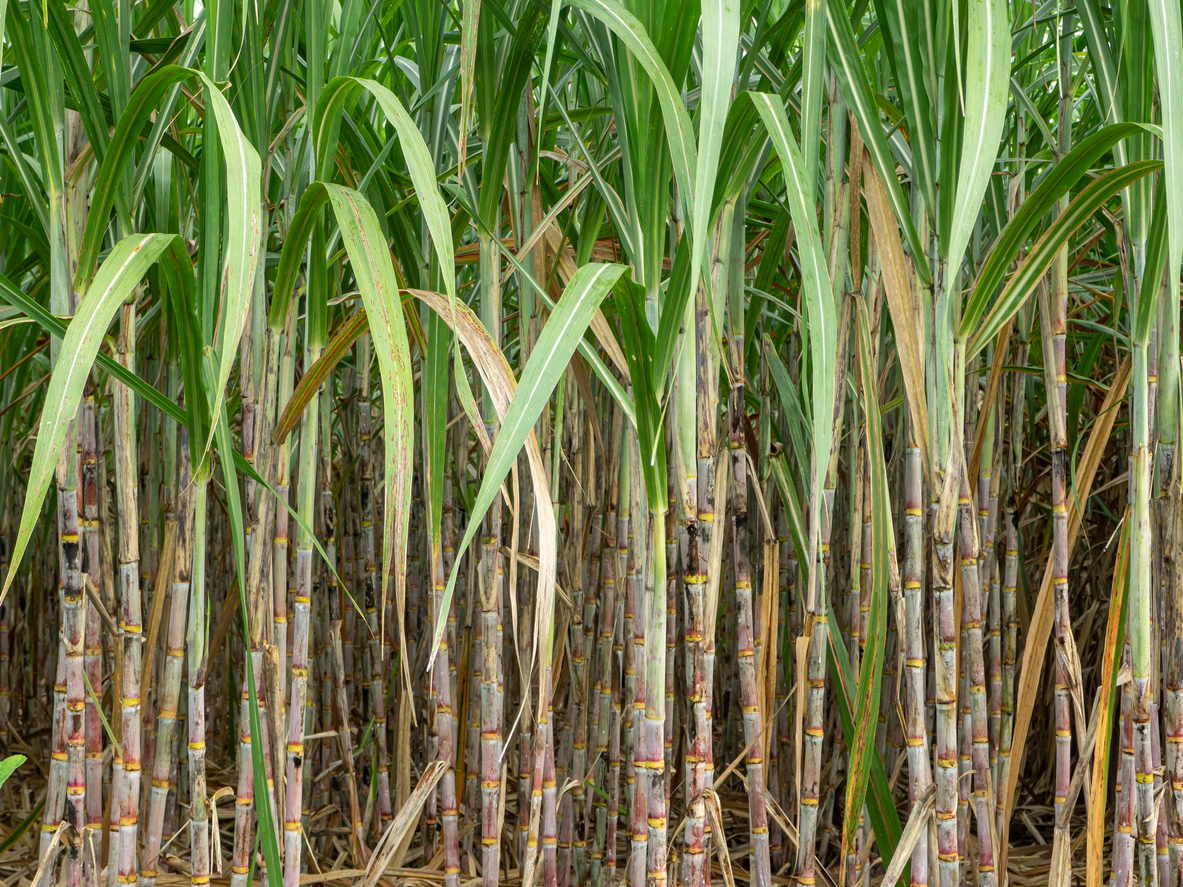Young Researchers Gear Up for Agri Challenges Through Biotechnology (Part 3)
| |
Biotechnology has revolutionized the way we grow food. By manipulating DNA, scientists can develop crops with desirable traits, such as resistance to pests and diseases, increased tolerance to drought and other stresses, and improved nutritional value. Aside from improvements in crop production, it has also contributed to animal health and biomass production.
At a symposium organized by the US Department of Agriculture (USDA) and the Agriculture and Food Systems Institute (AFSI) in July, early career researchers from Asia-Pacific Economic Cooperation (APEC) economies presented their findings on biotechnology projects geared to address the pressing agricultural challenges.
This article is the third part of a series (part 1 and part 2) summarizing discussions during the symposium.
Addressing Infertility in Livestock
SRY is a gene on the Y chromosome that determines the sex of an animal. In mammals, SRY triggers the development of male sexual organs and inhibits the development of female sexual organs. Scientists have used gene editing to insert a copy of SRY into the genome of a female cow. The resulting calf, Cosmo, is a male despite having two X chromosomes.

Alba Ledesma and her research team from the University of California, Davis, bred Cosmo with a female cow. They predicted that 75% of the offspring would be male and 25% female. They also predicted that 50% of the blastocysts (early embryos) would glow green because they inherited the SRY gene from Cosmo. The results confirmed their predictions and showed that SRY could override the XX chromosome and cause an animal to develop male sexual organs. This could have implications for the treatment of infertility and the development of new breeds of livestock.
Role of Microbes in Sustainable Agriculture
Microorganisms can play an essential role in sustainable agriculture by helping reduce agricultural practices' environmental impact. For example, they can help to degrade contaminants and restore degraded land. One way microorganisms can promote sustainable agriculture is by converting lignocellulosic biomass into valuable compounds. Lignocellulosic biomass is a byproduct of agricultural activities that can be difficult to manage. However, it can be converted into valuable compounds, such as vanillin, using microorganisms.

Dr. Panaya Kotchaplai and colleagues at Chulalongkorn University, Thailand, used a combination of microorganisms to convert ferulic acid, an abundant lignin derivative, to vanillin. They found that a cascade of enzymes could efficiently convert ferulic acid to vanillin. Their study provides a promising approach for using microorganisms to biovalorize lignocellulosic biomass and promote sustainable agriculture.
Improving the Evaluation of GM Sugarcane
To investigate the safety of transgenic sugarcane, Dr. Widhi Dyah Sawitri and colleagues at the Universitas Gadjah Mada (UGM), Indonesia, used a combination of bioinformatics and experimental methods. Bioinformatics methods analyze the amino acid sequences of proteins to identify potential allergens. Experimental methods test the stability of proteins in different conditions, such as heat and digestive fluids.

Their study showed that the transgenic sugarcane proteins were not significantly more allergenic than those in non-transgenic sugarcane. The study also found that the transgenic sugarcane was not toxic to mice. This study provides some reassurance about the safety of transgenic sugarcane for human consumption. However, more research is needed to fully understand these crops' long-term safety.
For more updates on agricultural biotechnology R&D, read part 1 and part 2 of this series. You may also send your interest to join the virtual workshop on Enabling Biotechnological Innovations and Policies in Agriculture – Promoting Food Availability and Security on November 13, 2023, via Zoom on or before October 31, 2023.
| Newer Post | Archive | Older Post |
Science Speaks is ISAAA Inc.'s official blog. Weekly blog articles, authored by ISAAA writers, partners, and invited contributors, aim to help share, disseminate, and promote scientific knowledge and its vital role in achieving global agricultural sustainability and development. Your support to Science Speaks will help us achieve this goal. You can help us by donating as little as $10.

